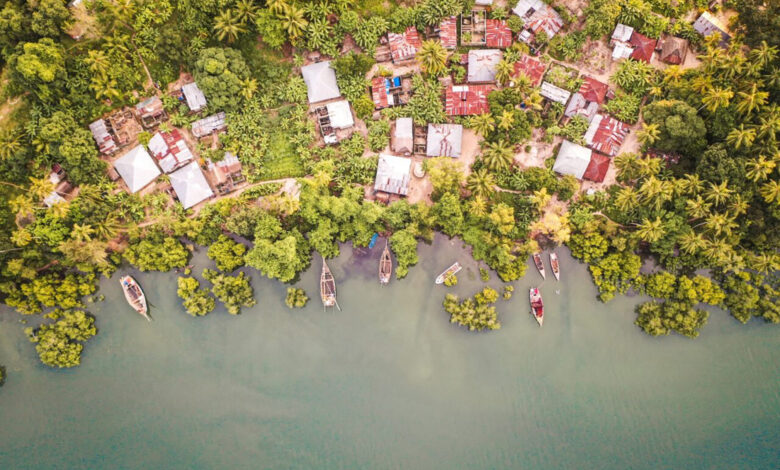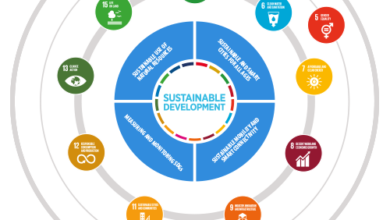The cultural evolution of collective property rights for sustainable resource governance

× close
Community-based natural resource management has been dominated for several decades by the design principles of Nobel Prize laureate Elinor Ostrom. These principles provide guidelines for improving the governance of resource systems, from small-scale forest management groups to global commons like the high seas. Four of these principles (boundaries that control access, rules that fit the local context, community determinations of regulations, and monitoring and enforcement), are nearly universally used across successful governance institutions worldwide. Simply put, “manage your resource and keep outsiders out.”
However, the historical origins of such institutions have often faded from records and memories, thus obscuring the processes of how such governance arises. A team of researchers based at the Max Planck Institute for Evolutionary Anthropology sheds light on the cultural emergence, persistence, and dissolution of collective property rights built to govern natural resources.
The work is published in the journal Nature Sustainability.
The evolutionary focus of the paper shifts the discussion around natural resource governance from questions such as “How important are each of the design principles to successful resource governance?” to “How, where, when, and why might such principles emerge?”
The team’s modeling framework elucidates three critical system features: First, collective property rights most likely evolved sequentially—certain puzzle pieces must be in place before others can evolve. Groups must secure borders and then focus on successful internal regulation. Second, support for both institutions that regulate access and harvests is subject to cyclical trends of waxing and waning support. Third, learning from “out-groups” is critical to identifying sustainable practices and improving regulatory policies—a group in isolation or only looking at its own performance is often doomed.
The study draws on ethnographic work
The research tests the theory in the team’s longitudinal field site on the Zanzibari Archipelago (Tanzania). Working with communities trying to conserve their mangrove forests—which protect coasts from sea-level rise and provide valuable natural resources—the researchers have found that groups plagued by intergroup conflict over resources (for example, people from neighboring communities clear-cutting mangroves) lack sufficient boundaries struggle to develop successful policies for internal management and focus on harvesting their own already endangered resource.
Without socially enforced boundaries, intergroup conflict over resources harms internal governance. These dynamics are very different from other evolutionary systems where intergroup conflict galvanizes cooperative responses; the nested and sequential nature of the evolution of natural resource governance systems causes the difference.
“This work provides a formal evolutionary framework for understanding the emergence of collective property rights and Ostrom’s design principles,” says first author Jeffrey Andrews. “Making specific predictions about when such institutions can emerge can easily be adapted by policy planners to better understand the resource management that spans from small-scale community organizations to the management of global commons like fisheries.”
More information:
Jeffrey Andrews et al, The cultural evolution of collective property rights for sustainable resource governance, Nature Sustainability (2024). DOI: 10.1038/s41893-024-01290-1
Journal information:
Nature Sustainability



